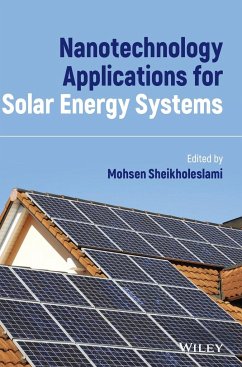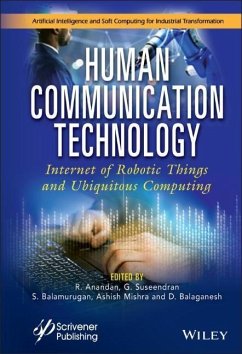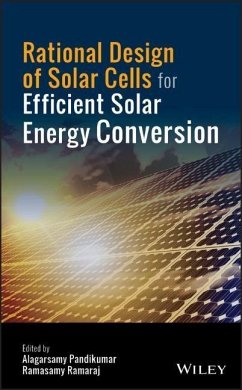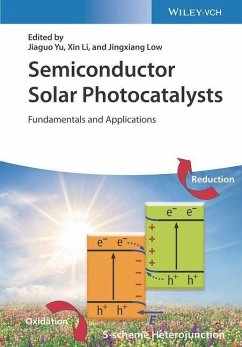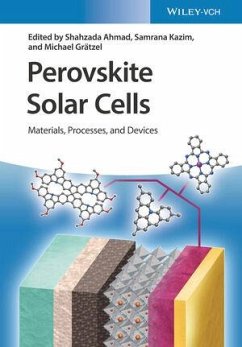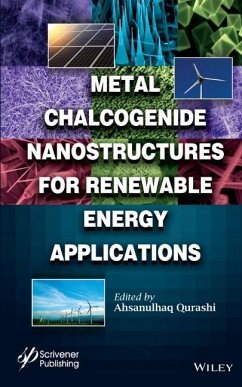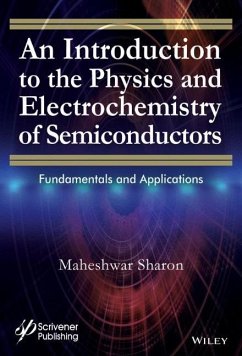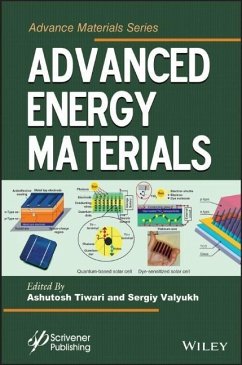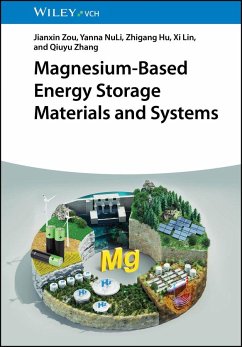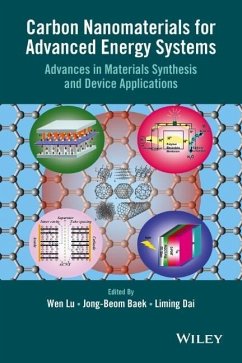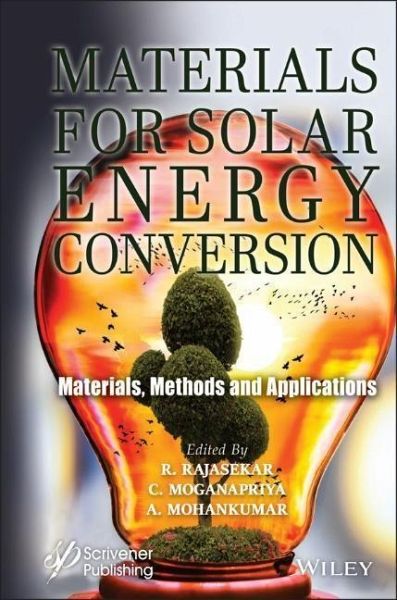
Materials for Solar Energy Conversion
Materials, Methods and Applications
Herausgegeben: Rajasekar, R.; Moganapriya, C.; Mohankumar, A.
Versandkostenfrei!
Versandfertig in über 4 Wochen
217,99 €
inkl. MwSt.
Weitere Ausgaben:

PAYBACK Punkte
109 °P sammeln!
Die Nachfrage nach Energie steigt von Tag zu Tag, und der Aufbau einer nachhaltigen Energieerzeugung ist von entscheidender Bedeutung. Um diesen Anspruch zu erfüllen, werden von Forschern erneuerbare Energiequellen entwickelt, beispielsweise unter Nutzung der Solarenergie. Für das effektive Auffangen und Speichern erneuerbarer Energie wie der Sonnenstrahlung ist die Entwicklung fortschrittlicher Funktionswerkstoffe erforderlich. Dieses Buch befasst sich im Wesentlichen mit den Fortschritten bei der Entwicklung neuer Funktionswerkstoffe für die Speicherung der Solarenergie. Dabei wird auf di...
Die Nachfrage nach Energie steigt von Tag zu Tag, und der Aufbau einer nachhaltigen Energieerzeugung ist von entscheidender Bedeutung. Um diesen Anspruch zu erfüllen, werden von Forschern erneuerbare Energiequellen entwickelt, beispielsweise unter Nutzung der Solarenergie. Für das effektive Auffangen und Speichern erneuerbarer Energie wie der Sonnenstrahlung ist die Entwicklung fortschrittlicher Funktionswerkstoffe erforderlich. Dieses Buch befasst sich im Wesentlichen mit den Fortschritten bei der Entwicklung neuer Funktionswerkstoffe für die Speicherung der Solarenergie. Dabei wird auf die große Vielfalt an organischen und anorganischen Materialien eingegangen. Auch der Einsatz moderner Computersimulationstechniken, Umwandlungs- und Speicherverfahren wird umfassend erörtert. Aktuelle Forschungsthemen wie nanostrukturierte Solarzellen, Batteriematerialien usw. werden ebenfalls in diesem Buch behandelt.




